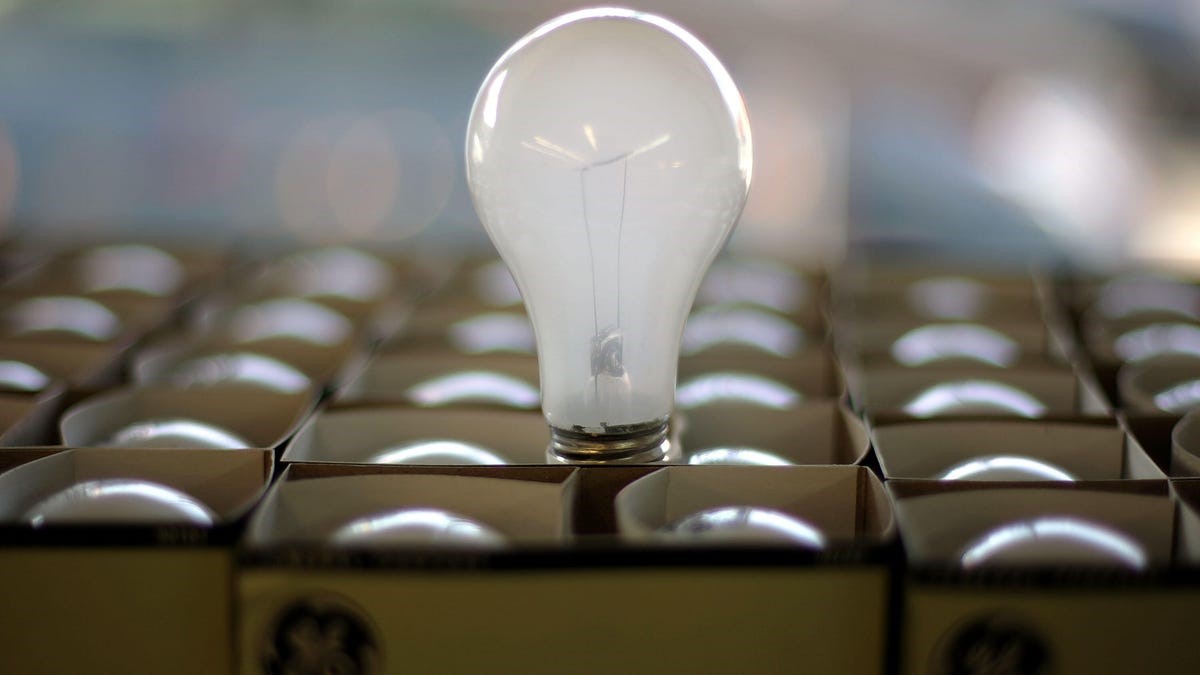Free Courses Sale ends Soon, Get It Now


Free Courses Sale ends Soon, Get It Now



Disclaimer: Copyright infringement not intended.
Context
Details
Incandescent Bulbs
Traditional Technology: Incandescent bulbs work based on a simple principle: passing an electric current through a wire filament, which heats up and produces light due to incandescence.
Light Spectrum: Incandescent bulbs emit a warm, yellowish light, which is often preferred for ambiance in certain settings.
Energy Inefficiency: Incandescent bulbs are highly inefficient, converting only around 10% of energy into light, while the rest is wasted as heat.
Short Lifespan: These bulbs have a relatively short lifespan, typically lasting around 1,000 hours.
LED Bulbs
Light-Emitting Diode (LED): LED bulbs use semiconductor technology, where electrons passing through a semiconductor create photons, generating light.
Energy Efficiency: LED bulbs are significantly more energy-efficient than incandescent bulbs, converting around 80% to 90% of energy into light.
Light Spectrum Control: LED technology allows for easy control of the light spectrum, enabling different color temperatures and light qualities.
Longer Lifespan: LED bulbs have a much longer lifespan, lasting up to 25,000 to 50,000 hours or more, depending on the quality of the bulb.
Advantages and Disadvantages
Advantages of Incandescent Bulbs
Disadvantages of Incandescent Bulbs
Advantages of LED Bulbs
Disadvantages of LED Bulbs
Conclusion
The comparison between incandescent and LED bulbs highlights the remarkable differences in energy efficiency, lifespan, and environmental impact. While incandescent bulbs are being phased out in many regions due to their inefficiency, LED bulbs offer significant advantages with their superior energy-saving capabilities and longer lifespan. The widespread adoption of LED technology contributes to a more sustainable and environmentally responsible approach to lighting, promoting a greener future for generations to come.
|
PRACTICE QUESTION Q. Compare and contrast incandescent bulbs and LED bulbs, elucidating their respective technologies, energy efficiency, light spectrum, lifespan, advantages, and disadvantages. (250 Words) |
© 2024 iasgyan. All right reserved